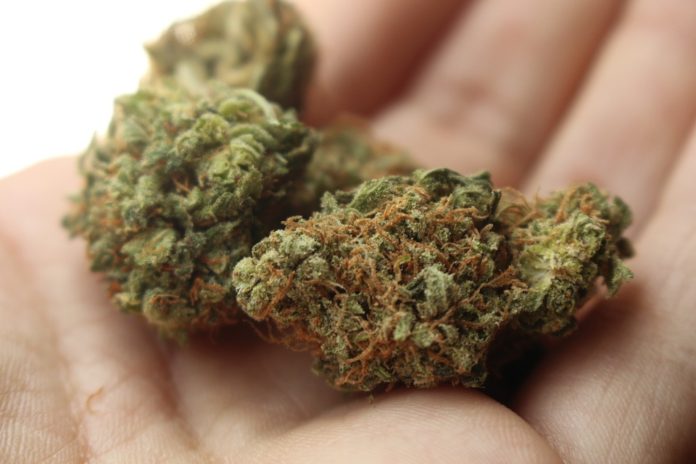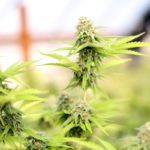Health Canada announced a new Cannabis Tracking System today that aims to track cannabis to prevent legal product from being diverted to the illegal market.
The goal of the Cannabis Act is to displace the illegal cannabis market and keep profits out of the hands of criminals and organized crime.
“One means of achieving this goal is to track closely the movement of cannabis from where it is grown, to where it is processed, to where it is sold,” notes a Health Canada release.
“The launch of the Cannabis Tracking System represents another important step in our public health approach to legalizing and regulating cannabis,” said Health Minister Ginette Petitpas Taylor.
The Cannabis Tracking System builds on a system that has been in place for nearly five years to track cannabis for medical purposes.
“Building on a system that has proven to work for cannabis for medical purposes, the Cannabis Tracking System will be instrumental in helping to prevent legal cannabis from being diverted to the illegal market,” added Taylor.
It will be used by provinces and territories, as well as those that hold a federal licence to cultivate and process cannabis, to track the movement of cannabis from cultivation to processing to sale.
See also: Canadian government approves roadside THC drug screening test
Health Canada says personal information on individual consumers will not be collected. The Cannabis Tracking System will only collect data that is necessary for Health Canada to track cannabis at a national level.
“We have been clear about our objective of keeping profits out of the hands of criminals and organized crime,” said Organized Crime Reduction Minister Bill Blair.
“The Cannabis Tracking System is one of several legislative and regulatory measures designed to help prevent the movement of cannabis from the legal market to the illegal market, and vice versa. Other measures include routine and unannounced inspections and rigorous personnel and physical security requirements,” Blair added.



















